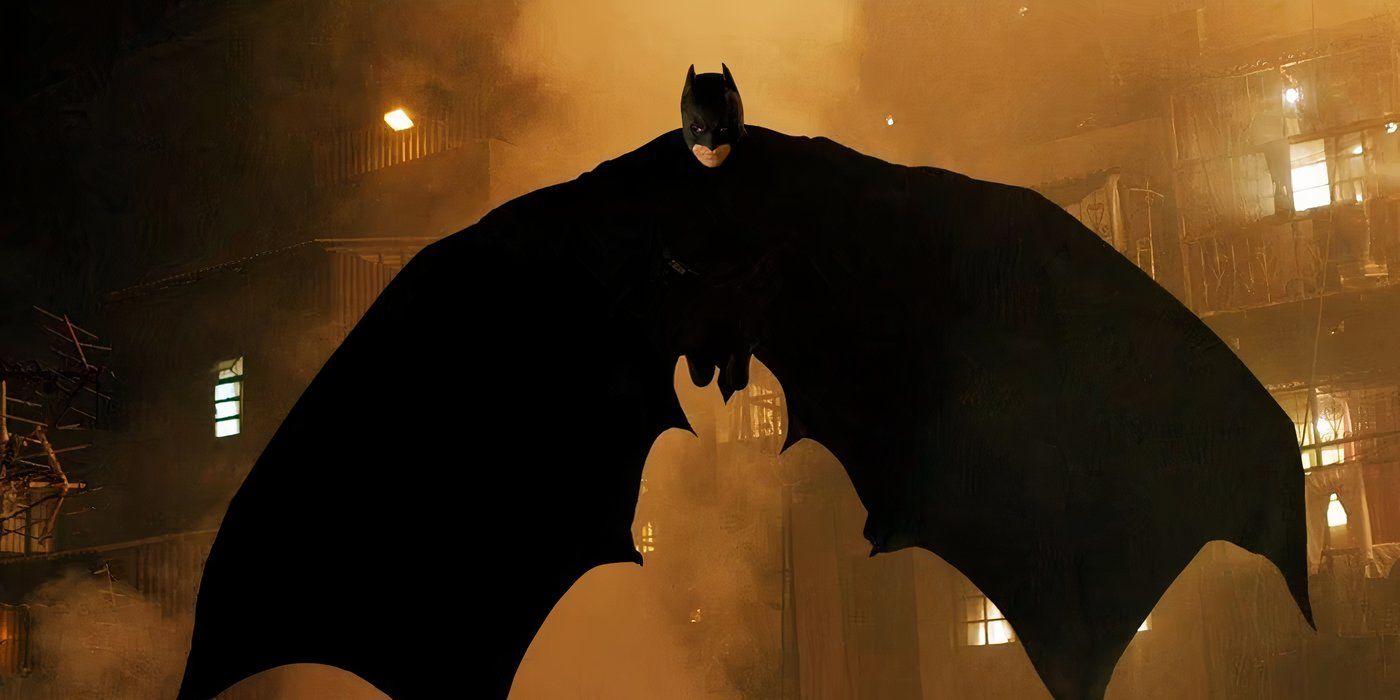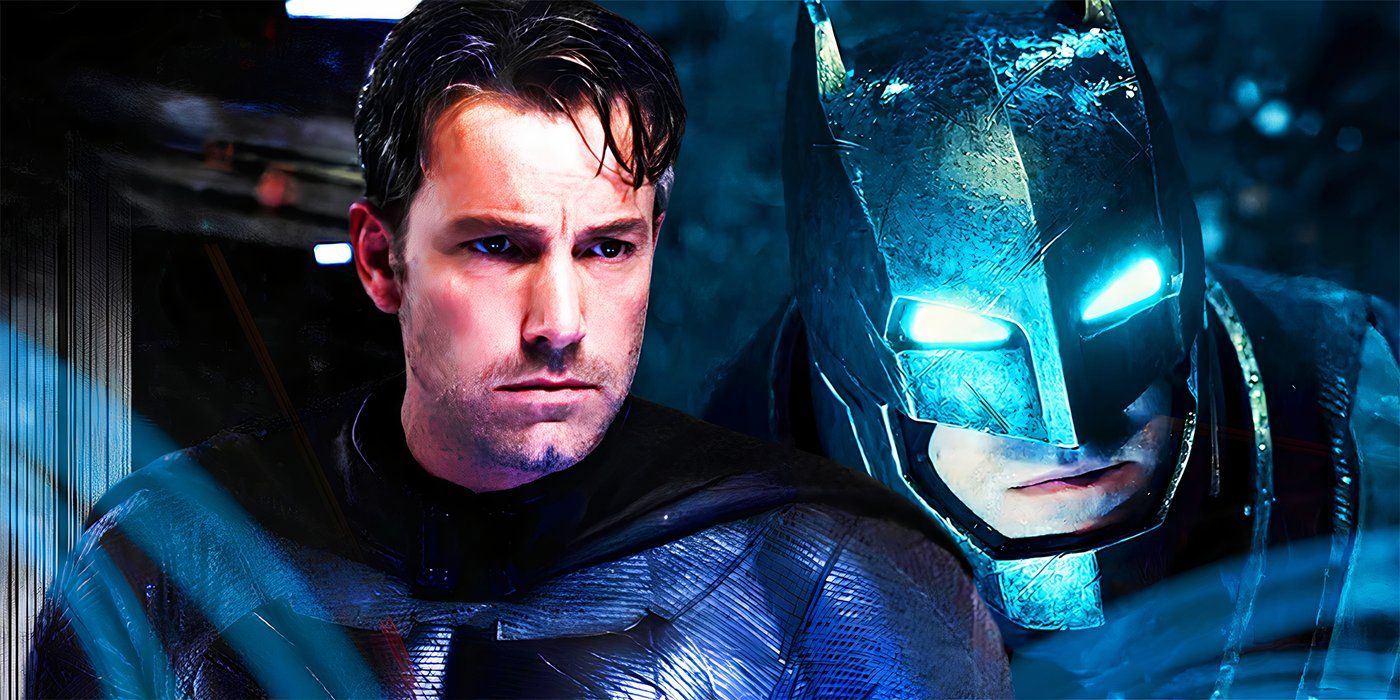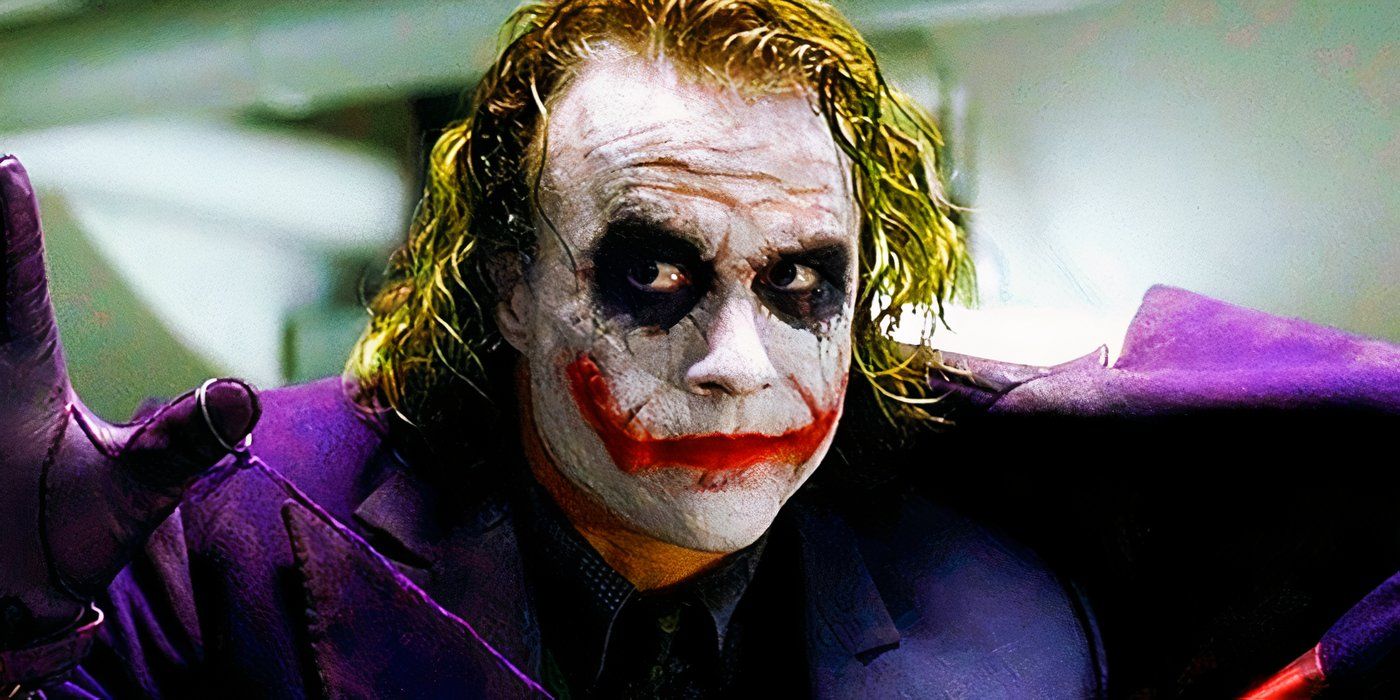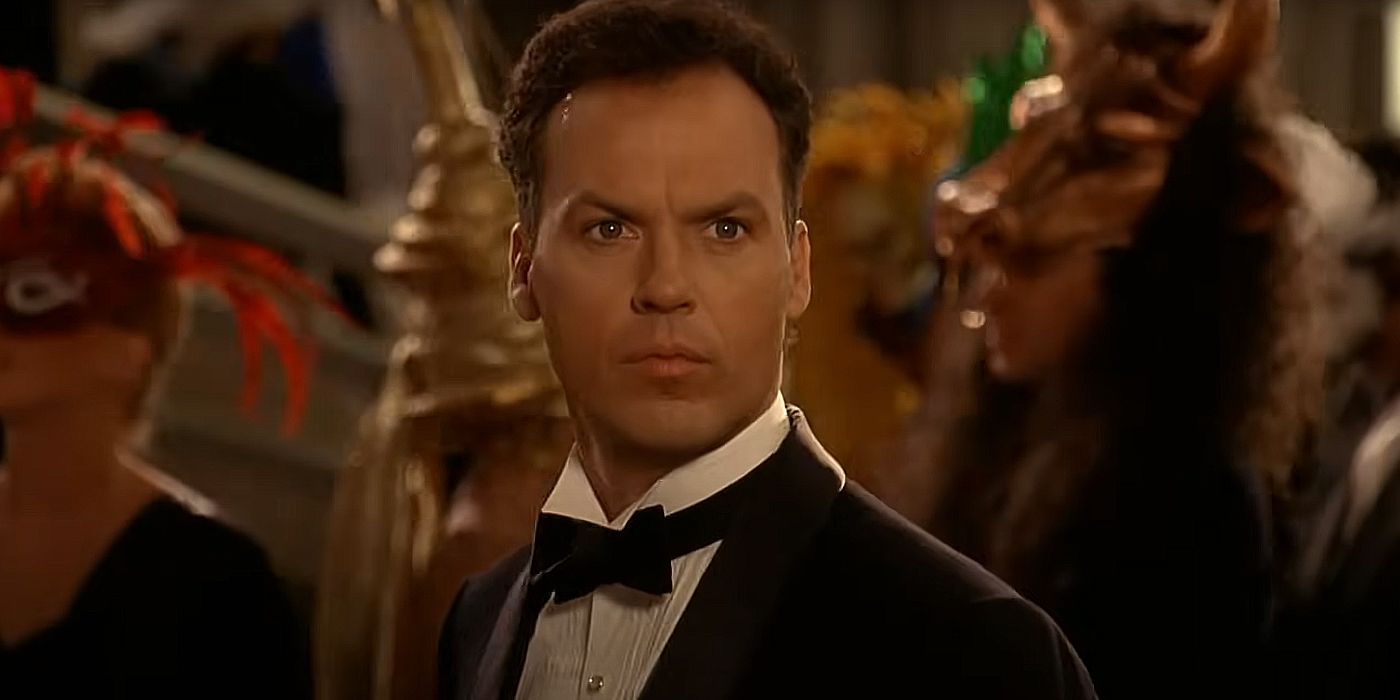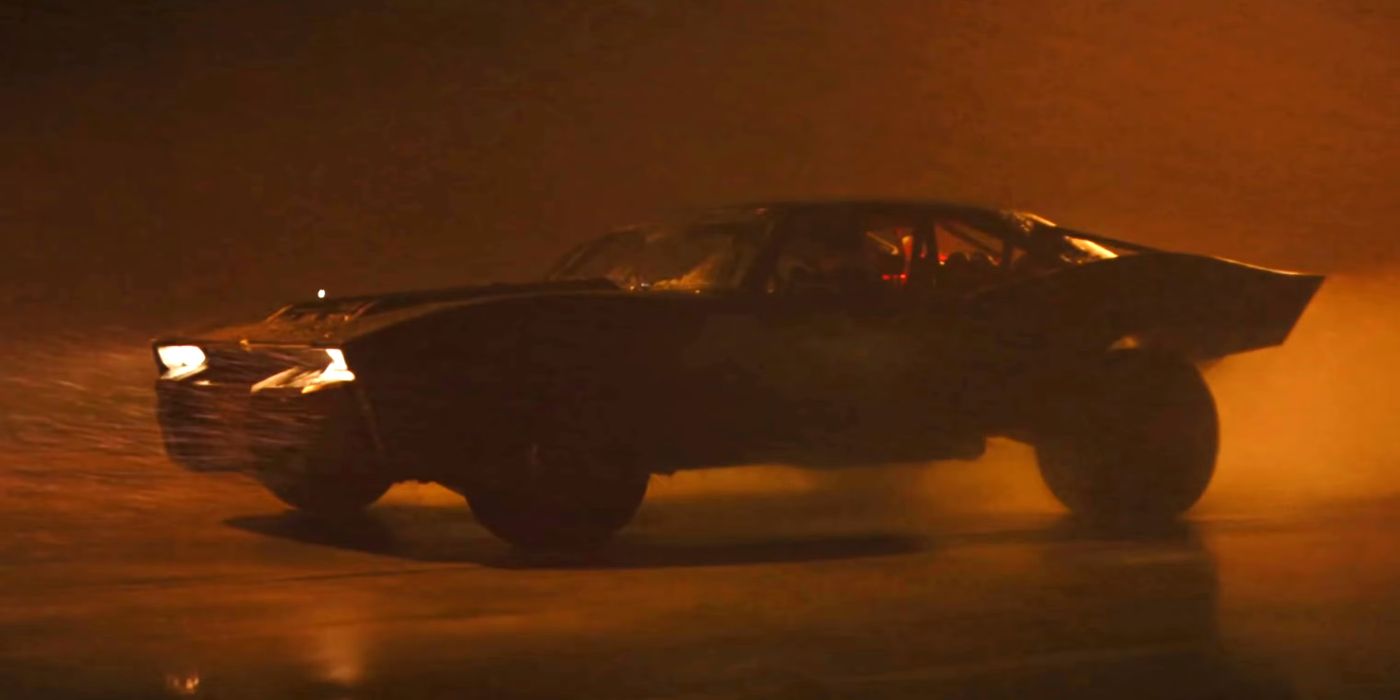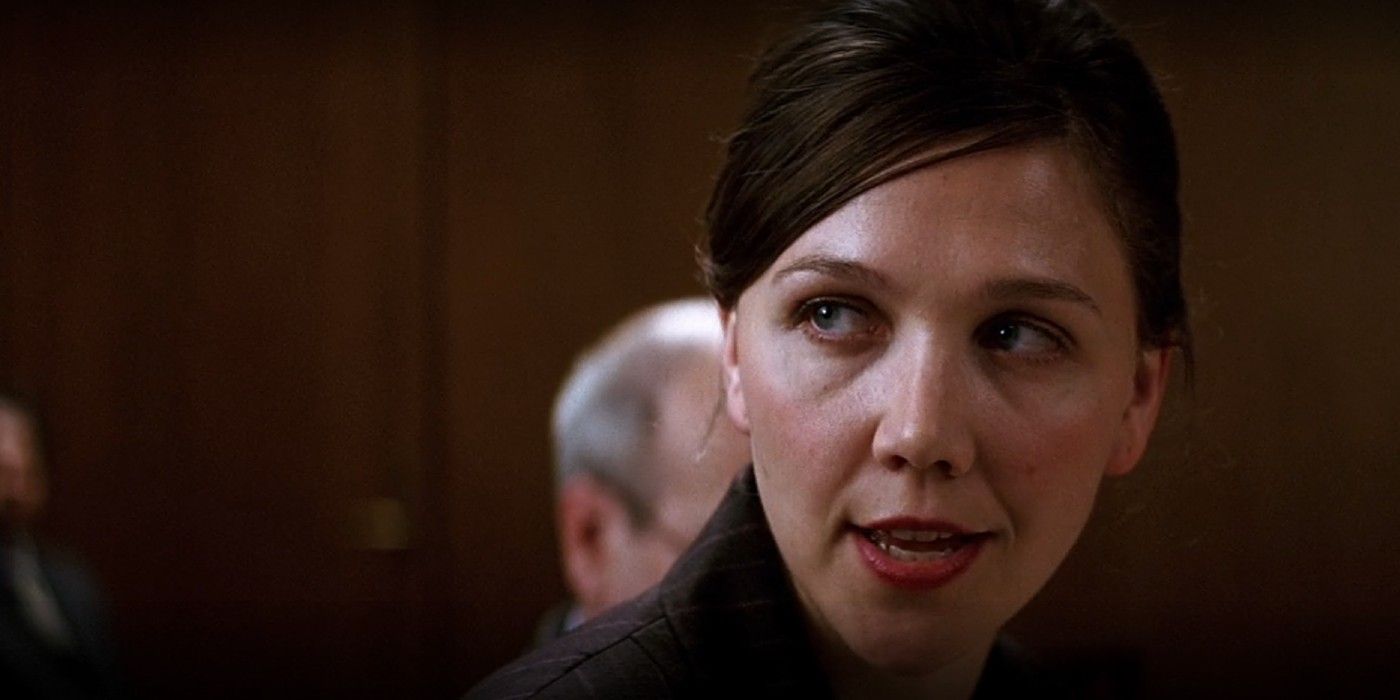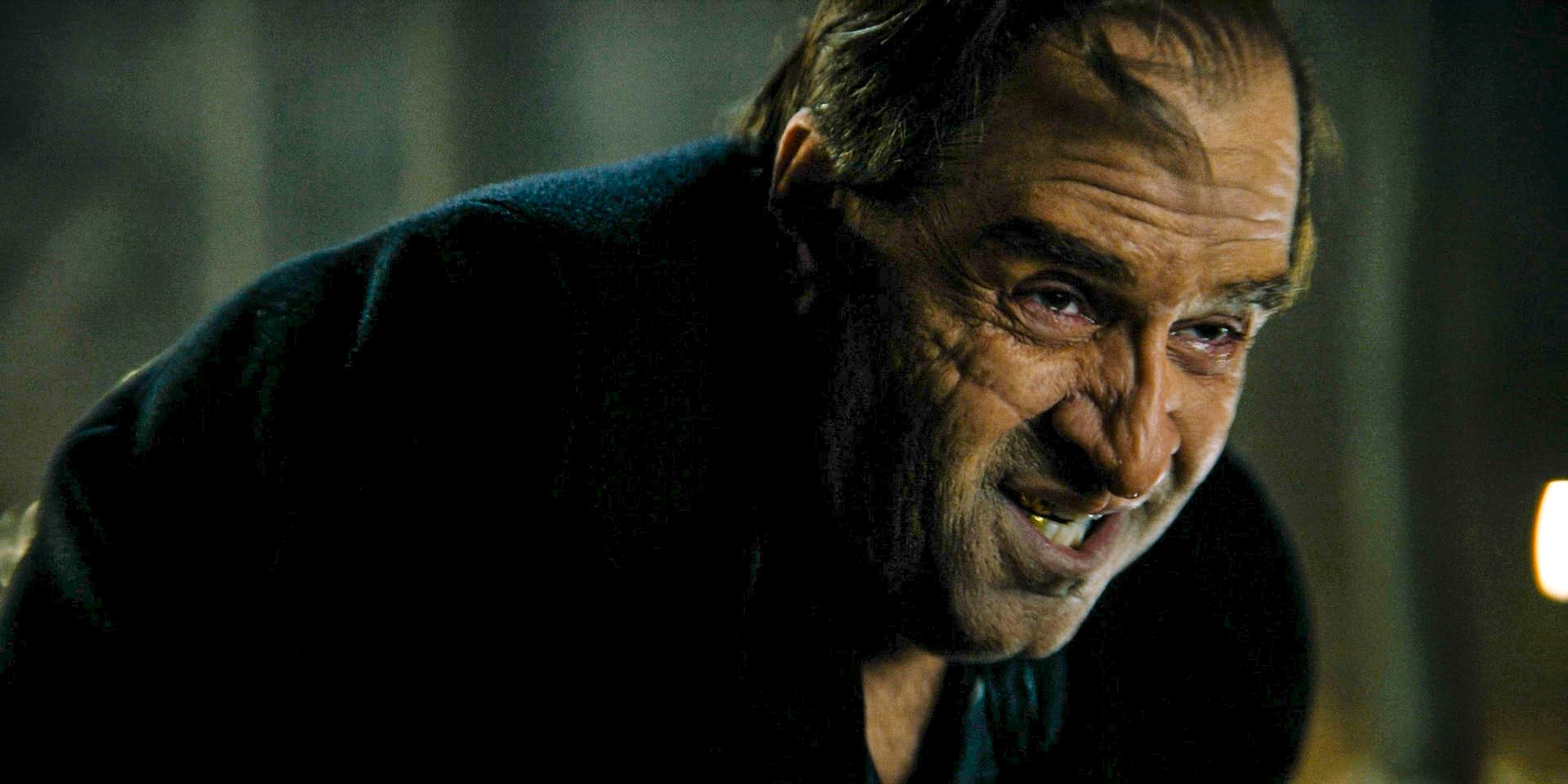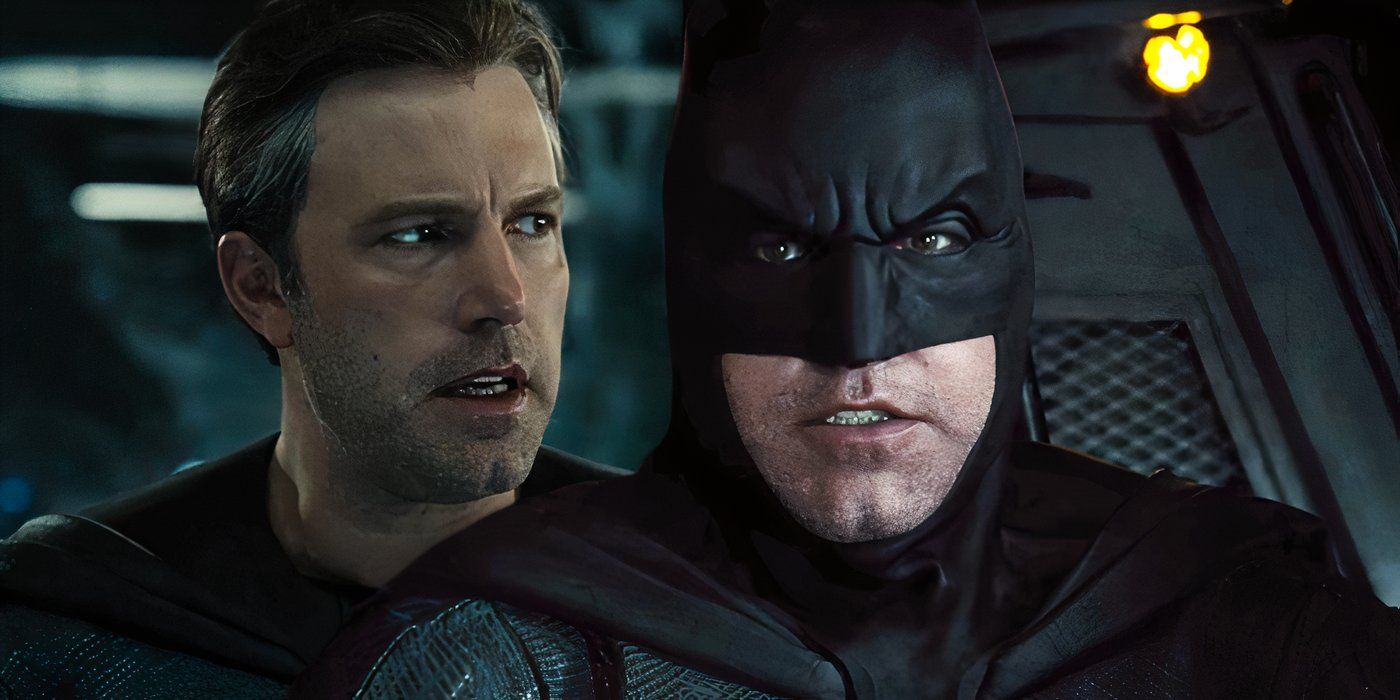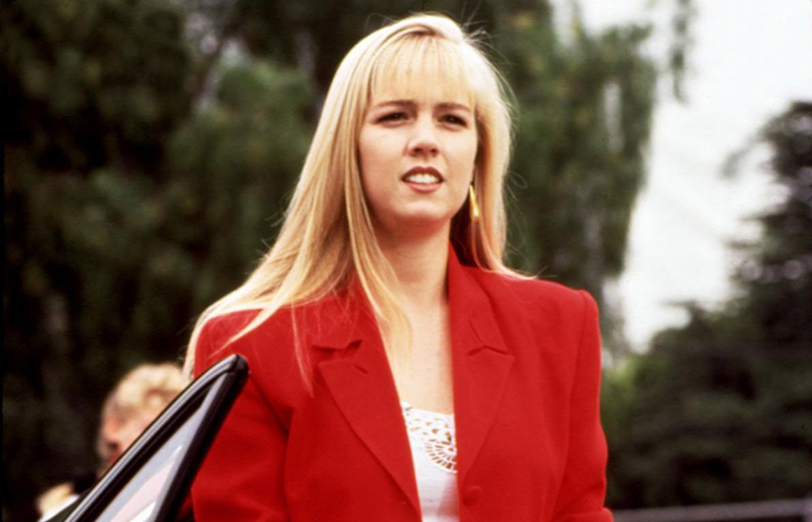The many Batman movies have all had their fare share of controversy, but many of their initially unpopular decisions have aged like a fine wine. Batman is a character that gets a lot of scrutiny with his adaptations from fans, being so beloved as to inspire strong opinions on every errant detail. While some aspects of Batman movies have aged poorly, a wide variety of cinematic choices for the character that were initially deemed unpopular were more than vindicated by the passage of time.
Many announced Batman movie choices fans were initially unsure of have to do with the casting of Gotham’s various important players, not just the live-action Batmen themselves, but his roster of villains, as well. Other choices regarding the story, tone, or set dressing of the various Batman films also have come under scrutiny at first, only to justify themselves as venerated classics in due time. For the most part, Batman audiences are better off trusting filmmakers when they unveil a bold new direction to take Batman in.
10
Casting Robert Pattinson As Batman
The Batman
The first of the three live-action Batmen who got the most negative press upon their casting announcement, Robert Pattinson wasn’t a surefire hit for many dedicated fans. Pattinson is still best-known as Edward Cullen in the hilariously bad Twilight movies to most, a series that’s nothing short of pure anathema for long-time Batman lovers. As a result, many were unsure that he had what it takes to once again lead a franchise as a brooding protagonist, especially one as important to so many people as Batman.
What Robert Pattinson’s detractors failed to realize was his excellence in more recent movies outside of Twilight‘s shadow, like The Lighthouse or Tenet. In these films, Pattinson exemplified how his physicality, ability to tackle tortured characters, and sheer range of emotion would lend itself excellently to Batman and Bruce Wayne. Sure enough, by the time The Batman was released, Pattinson was able to win over even the most vocal skeptics with his atmospheric performance.
9
Making The LEGO Batman Movie
The LEGO Batman Movie
Will Arnett’s Batman was one of the most charming parts of The LEGO Movie, using a growly Christian Bale impersonation to poke fun at the overly-tragic character while re-imagining him into a sort of apex frat bro. Despite how funny he was, the announcement that Batman would be getting his own focused LEGO film wasn’t fondly received by many Batman movie completionists, who had long grown unused to the idea that Batman could be comedic. Extracting a whole plot out of Arnett’s one-note version of the character also seemed to be a Herculean task.
However, The LEGO Batman Movie is quietly one of the best Batman movies in general, let alone among his more humorous incarnations. Despite Batman’s immaturity and oafishness in the film, the story actually has quite a strong emotional core about opening up to new people. For those that gave it a chance, The LEGO Batman Movie was a pleasant surprise worthy of the Batman IP.
8
Making Batman Begins An Origin Story
Batman Begins
By the time it was Christopher Nolan’s turn to helm a Batman franchise, the character had been through the ringer. After being recast twice in the span of the same quadrilogy, which rapidly eroded the tone of the films from a serious, gloomy melodrama to a campy toy-selling machine, Batman’s public image was in dire straights. That’s not even to mention the multiple canceled Batman films leading up to Nolan’s The Dark Knight trilogy, which further cast doubt as to whether Batman could ever dominate theaters again.
With all that being the case, Nolan’s announcement that Batman Begins would be an origin story focused on Bruce’s early days fighting crime and the training he received to transform himself into a one-man army was met with hesitance. Batman’s origin had already been explored via flashback in 1989’s Batman, and audiences were unsure that a concept could carry a whole film. Luckily, Batman Begins ended up being just the thing the franchise needed to wipe the slate clean and start over with an excelent serious Batman story.
7
Casting Ben Affleck As Batman
Batman v Superman: Dawn of Justice
The entirety of the DCEU was rife with controversy, and Batman’s place in it was no exception. The closest thing Batman ever got to a solo movie in the entire universe, Batman v Superman: Dawn of Justice made waves when it was announced that Ben Affleck would be playing the Caped Crusader. Affleck’s previous attempt at portraying a cowl-wearing vigilante in 2003’s Daredevil had some disastrous results, and even the most loyal Snyder apologists were worried that Affleck would once again fumble an iconic superhero character.
Shockingly, Ben Affleck truly stepped up to the role of Batman throughout the DCEU. It’s easy to tell through his performance that he has a deep respect and admiration for the character, injecting an amount of passion into his film appearances that simply wasn’t present in Daredevil. Affleck still might not be many people’s favorite Batman, but he deserves kudos as a solid live-action interpretation of the beloved hero.
6
Casting Heath Ledger As The Joker
The Dark Knight
To this day, The Dark Knight remains the best Batman movie for many people, thanks largely to Heath Ledger’s brilliant interpretation of The Joker. From his chilling, insidious laugh to his genuinely funny sense of humor, Ledger forever changed the character with his haunting performance. It may be difficult to imagine, but there was a time when Heath Ledger’s casting was not only looked upon with unfavorability, but downright outrage.
At the time, Heath Ledger was best known for his tender acting in Brokeback Mountain, an LGBTQ Western romance film that carried a far different set of tones and expectations compared to a Batman movie. Most fans didn’t think Ledger had it in him to pull off such a famous villain, and the first glimpses at his ratty green hair and smeared makeup didn’t convince skeptics any better. Of course, actually seeing him in action is a much different story, and instantly converted nonbelievers into how amazing of a casting decision Ledger’s Joker truly was.
5
Casting Michael Keaton As Batman
Batman (1989)
Heath Ledger was far from the first Batman movie casting choice to be met with forgotten criticism upon announcement back in the day. Going even further back to the late 80s, the transformation of Batman from a campy pun-spewing hero to a brooding force of vengeance seemed to be hampered by the casting of Micheal Keaton as The Dark Knight himself. At the time, Keaton was best known for comedies like Beetlejuice, Mr. Mom, and Touch and Go.
Knowing that Tim Burton was trying to bring Batman back to his comic roots with a more serious movie portrayal, the concept of a mostly comedic actor wearing the cape and cowl didn’t sit well with dedicated fans. However, Micheal Keaton was able to prove his acting range with Batman, balancing both a stoic performance as Batman himself and a smooth billionaire playboy as Bruce Wayne. Even if he does have moments of levity, Keaton does a great job keeping things serious throughout his three movie appearances as Batman.
4
Making Pattinson’s Batmobile A Car Again
The Batman
The evolution of the Batmobile in movies is quite the interesting lineage to follow. First appearing as a funky sports car in Adam West’s Batman series, the famous vehicle slowly became more militaristic, utilitarian, and tank-like as time went on, culminating in the Tumbler of The Dark Knight trilogy fame and Ben Affleck’s jet fighter on wheels in Batman v Superman: Dawn of Justice. By the time first images of Robert Pattinson’s Batmobile were shown off, some fans who had gotten used to these designs expressed critcism.
Pattinson’s Batmobile is more of a traditional muscle car with some added jet engine power haphazardly welded to the back, not impressing a vocal minority of tank Batmobile aficionados. However, these qualms were made irrelevant by the fact that Pattinson’s Batmobile is behind one of The Batman‘s best scenes, the highway chase with Penguin. Growling with a furious vengeance, the Batmobile is almost its own character in the film, looming in the distance like a horror movie monster and screeching with power Batman barely has a handle on.
3
The Addition Of Rachel To The Dark Knight Trilogy
Batman Begins
In his adaptation of the Batman mythos, Christopher Nolan wasn’t afraid to make some big changes in order to suit his own desires and unique brand of storytelling. Part of this authorship meant the introduction of several original characters into Gotham City’s streets, most importantly, Rachel Dawes. Considering that Batman already has so many important love interests to pull from in the comics, including Vicki Vale, Catwoman, and Talia al Ghul, the need for a wholly original civilian romance option rubbed some prospective audiences the wrong way.
However, Rachel soon became almost a ubiquitous name in the Batman mythos thanks to Nolan’s Batman universe. Katie Holmes does a decent enough job in Batman Begins, but recasting Rachel with Maggie Gyllenhaal in The Dark Knight truly allowed the character to shine. Rachel is great for not only giving Batman a motivation and a stronger link to Bruce Wayne’s world, but for acting as a boots-on-the-ground perspective on Gotham’s war on crime from the legal side of things.
2
Drowning Colin Farrell In Prosthetics To Become The Penguin
The Batman
The Joker isn’t the only Batman villain to have had some controversial casting choices. Initially, Colin Farrell seemed to be an utterly bizarre choice for the role of The Penguin, being an Irish actor known for meditative dramas like In Bruges and The Lobster more so than superhero blockbusters. In fact, his previous attempt at a cinematic comic book villain as Bullseye in Daredevil was one of the most laughably strange superhero movie choices ever. All that besides, Farell isn’t exactly an obvious fit for The Penguin physically.
It’s truly a testament to Farrell’s acting ability that he’s able to disappear into the prosthetics of Oz Cobb so swimmingly. His thick New York accent and bombastic personality as The Penguin works wonders in Matt Reeves’ The Batman universe, convincing audiences enough not only to enjoy him in The Batman, but in his own solo dedicated spin-off show as well. Few actors working today vanish into a role as completely as Colin Farrell does with The Penguin.
1
Batman Being Older In The DCEU
Batman v Superman: Dawn of Justice
A consequence of Ben Affleck being cast as Batman was the fact that the decision would leave the character as the oldest cinematic interpretation of Bruce Wayne yet. When he was cast in Batman v Superman: Dawn of Justice, Ben Affleck was already 43 years old, over a full 10 years older than Henry Cavill. This was another talking point brought up against Affleck when his casting was announced, with some fans unsure as to how an older Batman would realistically keep up with The Man of Steel.
However, an older, wiser, grizzled veteran Batman ended up being just what the movies of the DCEU needed to string themselves together. After so many origin stories and fresh starts, it was great to see an experienced Batman that had already been made somewhat cynical by many years of superhero work, and Affleck worked well as a mentor-type character to heroes like The Flash. It’s hard to say if cinema will ever see a middle-aged Batman ever again, making the choice only age better as time marches on.
Upcoming DC Movie Releases
This story originally appeared on Screenrant



